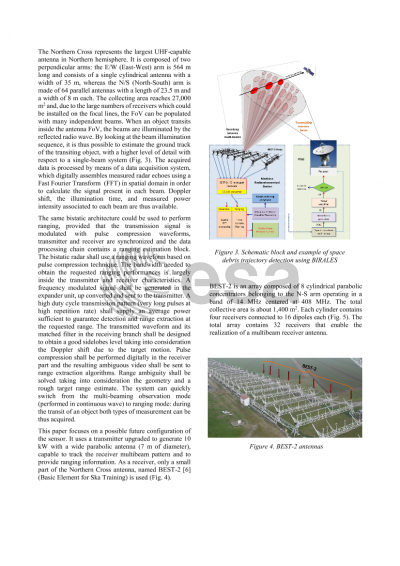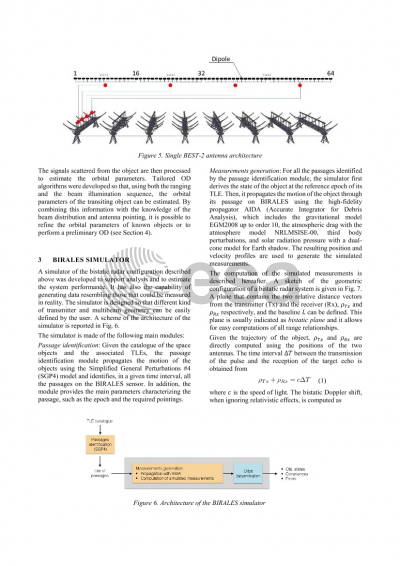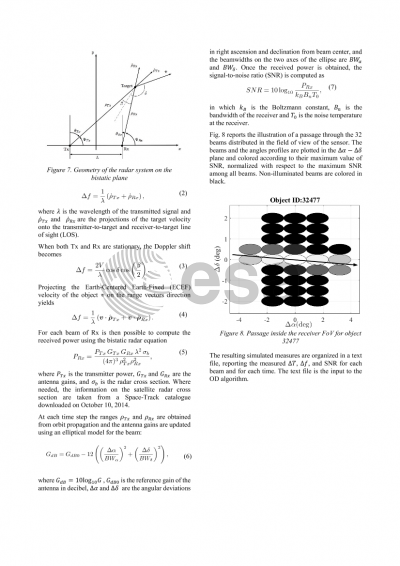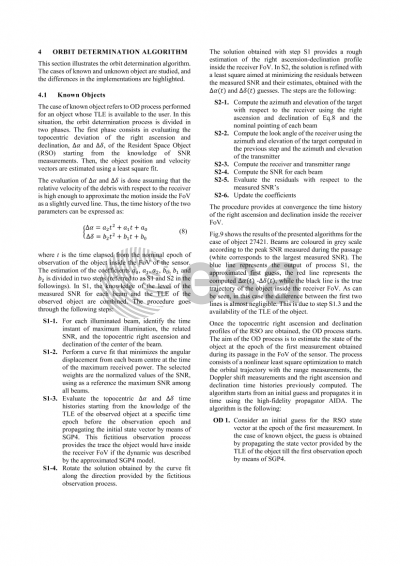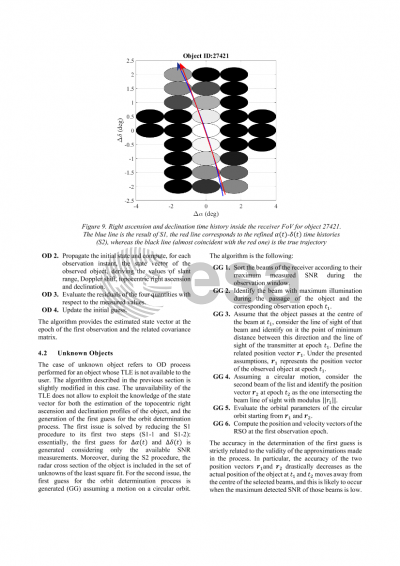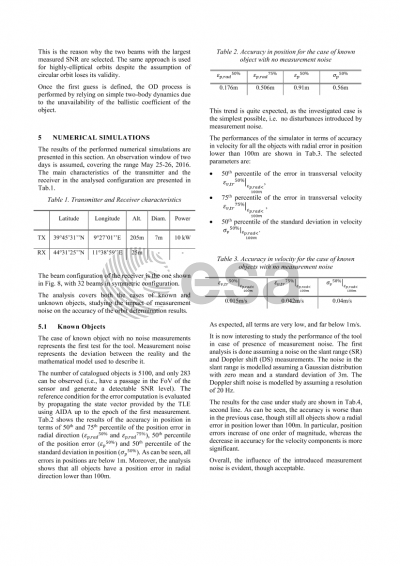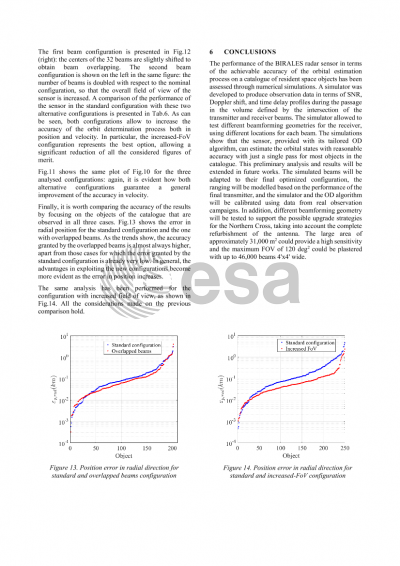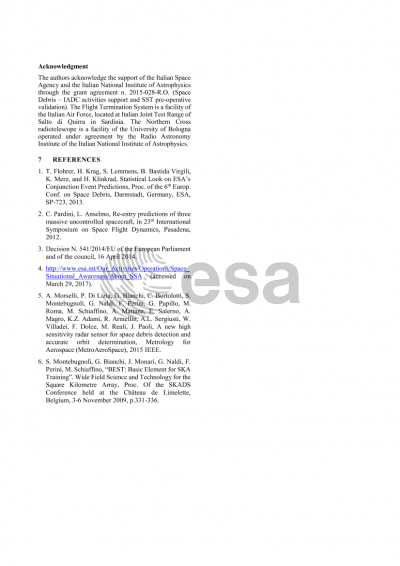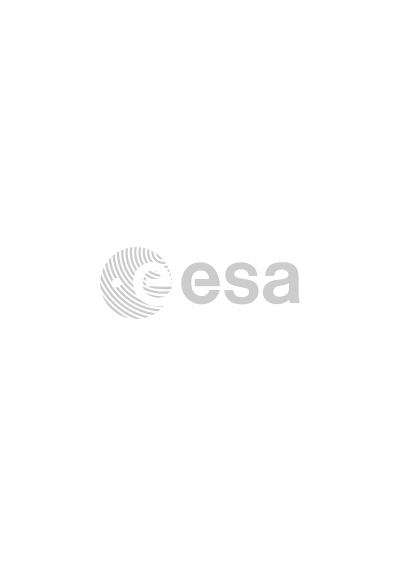Document details
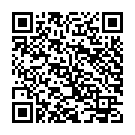
Abstract
Near-Earth space has become progressively more crowded in active satellites, inactive spacecraft and debris. Consequently, an international effort is currently being devoted to improving the performance of optical and radar sensors for space objects monitoring. Ground-based radars provide a powerful tool for the characterization of the orbital debris environment. Radars can in fact irradiate at any time a satellite or space debris in Earth orbit with a microwave beam. The scattered wave is then detected by a receiver.
The performance of the novel bistatic radar sensor BIRALES is assessed in this work, which makes use of a multibeam receiver. BIRALES uses part of the Northern Cross (NC) radiotelescope located in Medicina (Bologna, Italy) as the receiver part. The Northern Cross is made of two perpendicular arms: the E/W arm (single cylindrical antenna, 564m long) and the N/S arm (64 parallel antennas, 23.5m each). Eight antennas of the N/S arm have been refurbished to mount four receivers each, which allow its field of view (FoV) to be divided in 24 independent beams. When an object transits inside the antenna FoV, the beams are illuminated by the reflected radio wave. Consequently, besides the classical range and Doppler shift measurements, the beam illumination sequence provides an estimate of the transit direction of the scattering object and of the associated right ascension and declination profiles.
The data received from BIRALES are provided as input to a tailored orbit determination (OD) algorithm, which is aimed at computing an estimate of the orbital parameters of the observed object. The OD process is divided in two main steps: the angles profiles are first estimated starting from the SNR profiles available from each beam; the object state is then estimated from the observables by matching the generated orbital trajectory with the measurements.
A numerical simulator of BIRALES has been developed to assess its performance through dedicated simulations. Given the catalogue of space objects, the simulator identifies the passages of all the objects in the sensor FoV during a simulated observation campaign. Then, the simulated measurements are generated for each passage and are provided as input to the orbit determination unit, along with the required transmitter and receiver information. The simulator is designed so that different kind of transmitter and multibeam geometry can be easily defined by the user. This enables an effective analysis of the sensitivity of the sensor to its configuration, which is instrumental to optimizing its performances.
This work illustrates the final results achieved with the simulations campaign. The performance of the sensor is assessed using different multibeam configurations, sensor pointing strategies, and first guess generation approaches. In addition, the effect of the lack of range measurements on the accuracy of the estimated state is investigated. Finally, this work describes the current status of the upgrade of BIRALES, which is aimed at extending multibeaming across the area of the N/S arm of the NC radiotelescope.
Preview


